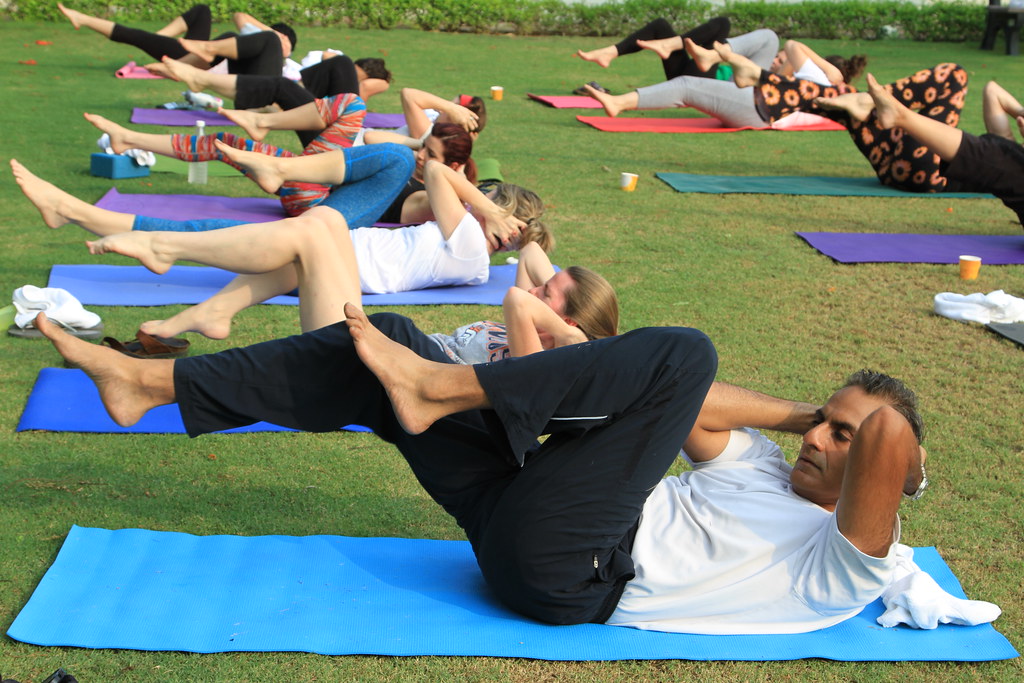In 2015, June 21, the longest day in the Northern Hemisphere, when Lord Shiva is believed to have imparted the knowledge of yoga to the world, was selected as the International Day of Yoga by the United Nations.
Initially, December 11, 2014, Asoke Mukherji, India’s Permanent Representative introduced the draft resolution in the United Nations General Assembly. The draft was supported by 177 Member States who sponsored the text, which was adopted even without a vote.
International Yoga Day proposal gained support from many global leaders, 177 nations co-sponsored the resolution, which is the highest number of co-sponsors ever for any UNGA Resolution of such nature.
December 1, 2016, the practice of yoga was listed as an intangible cultural heritage by UNESCO. The impact of yoga on physical and mental well-being has always been a topic of methodical studies, with evidence that regular yoga practice yields benefits for low back pain and stress. In 2017, a Cochrane review found low‐ to moderate‐certainty evidence that yoga improved back function compared to non-exercise.
June 21, the longest day of the year in Northern Hemisphere
The International Yoga Day, marked June 21, since 2015 is a gift of India to the world. The idea to mark the longest day of the year in the Northern Hemisphere, June 21, as the International Yoga Day was proposed by Prime Minister Narendra Modi to the United Nations General Assembly in 2014. Hence, June 21, the summer solstice, has special significance from the perspective of yoga.
SHIVA- The ‘Adi Guru’ of yoga
The practice of yoga can be traced back to the time of Lord Shiva, who is also known as the Adi Guru – he who is the guru (teacher) to all yogis in the world.
It is believed that it was on the day of the summer solstice that Lord Shiva began imparting the knowledge of yoga to the world and became the Adi Guru of yoga. The first full moon after the summer solstice is the Guru Purnima.
In the pre-Vedic times, yoga is said to have been a part of the lifestyle of the Indians. Maharishi Patanjali codified and organised yoga postures or practices in the Yoga Sutras.
India holds 2 yoga world records
The first International Day of Yoga was celebrated in India at Rajpath with PM Modi, along with dignitaries of 84 nations, participating and promoting 21 yoga asanas. The event bagged India two Guinness world records – one for being the world’s largest yoga class featuring 35,985 people and the other for the participation of people belonging to 84 nationalities. In 1893, Swami Vivekananda had also introduced yoga to the West in his address to the World Parliament of Religions in Chicago.
During his speech at the event, PM Modi said, “From the Upanishads, comes the idea of yoga to transform human consciousness through control of body and senses through constant practice. The body is the vehicle for the realisation of the Supreme Being.”
Yoga is an important part of Indian culture and civilisation. The practice of yoga is not just beneficial for the body alone; it brings it in alignment with the mind and soul too through the breath.
And given the unprecedented times that we live in, along with masks and sanitizers, yoga might as well turn out to be as much of a life saviour.
